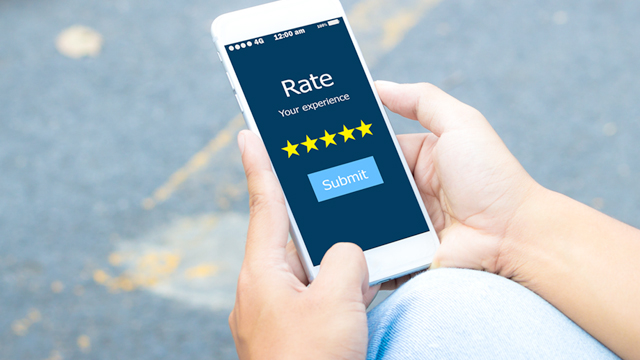With 2.9 billion people active on Facebook, 1 billion users visiting Instagram each month, and a similar number joining in the fun on TikTok1, the global reach of social media platforms makes them an unrivalled marketing and sales tool for your e-commerce business.
They are a place for your e-commerce business to find new customers, build brand awareness, and drive traffic to your website. And the best thing about them? they’re free!
If you’re just getting started with social selling– or indeed, you already are and want to sharpen up your offering – follow these tips for a winning sales strategy.
1. Selling on social is all about finding your audience
Sales rule 101: you need to be where your target customers are. There are many social media platforms out there, but there’s no point being on everyone just for the sake of it. You should carefully consider the right one(s) to help you reach your target market and tell your brand story the best way – if your SMB sells premium products aimed at an older demographic, TikTok is probably not the best channel for you. This guide will give you some tips.
If you’re new to the social media game, Instagram is a great place to start. The platform’s dedicated commerce tool, Instagram Shopping2, makes it easy for SMBs to set up a digital storefront so people can browse and buy products directly from their photos and videos – not having to leave the app to make the purchase will convert more sales. It’s user-friendly and will guide you through the process. And, as the site is primarily about visual content, you can capture customers’ attention with lots of lovely photos of your products.
2. Keep branding consistent
Your social media channels should be a seamless extension of your e-commerce website. Use the same colors, fonts, tone of voice and visuals across all touchpoints to strengthen your brand identity in customers’ minds.
3. Think quality over quantity
There is such a thing as posting too much. People don’t want to be bombarded with sales messages; instead, you should be posting interesting, engaging content relevant to your customers’ needs. Remember, your social media presence is about more than making an instant sale – there are valuable opportunities to nurture relationships with customers to create long-term value for your business.
4. Remember: attention spans are short
We’re a society of scrollers so ensure your written content is snappy and to-the-point. For social selling, prioritize visuals – photos, videos and the platforms’ “stories” format – to keep people engaged.
5. Timing is everything for a winning social selling strategy
Just as important as what you post is when you post – you want to hit your followers with new content when they’re at their most engaged. A quick Google search on this topic shows up lots of conflicting theories about the best time to post, but ultimately, it’s a personal thing unique to each business based on their followers’ habits.
The best strategy for posting when social media selling is a trial-and-error approach. Over time, your social media analytics will help you understand your audience’s online behaviors – what time they’re most active on each social media platform and how long they’re spending there – and schedule your content accordingly. If your audience is global, you’ll have the added complexity of different time zones to work with, so consider a content scheduler tool like Hootsuite3 to automate your postings.
6. Engage in conversation
Your social media presence is not a one-way street. You have an invaluable opportunity to really understand your customers’ needs – information which can inform your business’s future growth plans. Read users’ conversations on your page, reply to comments, ask questions and invite feedback. Most social media platforms’ algorithms reward interaction, so you’ll improve your rankings, too.
7. Share UGC
Did you know that user-generated content is 42% more effective than branded content at converting sales?4 Monitor posts and photos your business has been tagged in – if a customer posts about your product, repost it to your own social media pages. This content will seem more authentic to prospects.
8. #GetNoticed
Hashtags are a crucial way to link your content with the people it will be most relevant to. Don’t overdo it though – too many hashtags amongst a written piece of content can be distracting. Detailed and specific hashtags will lead to better results than broad terms which risk your content getting lost amongst lots of unrelated content. You can also use hashtags to research the competition!
10. Create a content calendar
Throughout the year, there are lots of holidays for your business to cash in on – Valentine’s Day, Black Friday and Christmas, to name just a few (obvious!) examples. A content calendar will help you prepare and schedule your social media sales campaigns in time.
Measure, test and review
Get to know Google Analytics. This tool is your new best friend in your journey to social media selling success. The free analytics dashboard will give you a wide range of valuable data about your e-commerce website and its visitors, including:
- Which traffic came from your social media channels
- Which social media channels are performing best for your business
- How many sales conversions your business gets from social media
- The ROI of your social media campaigns
Once you have this information, you can tweak, improve and shift aspects of your social media strategy until it is performing at its optimal level.































